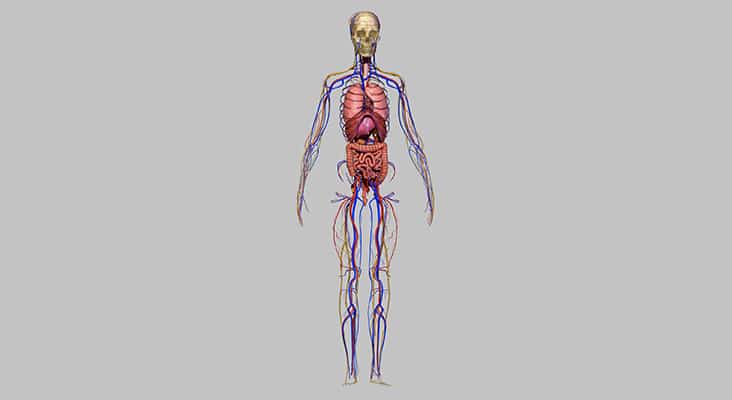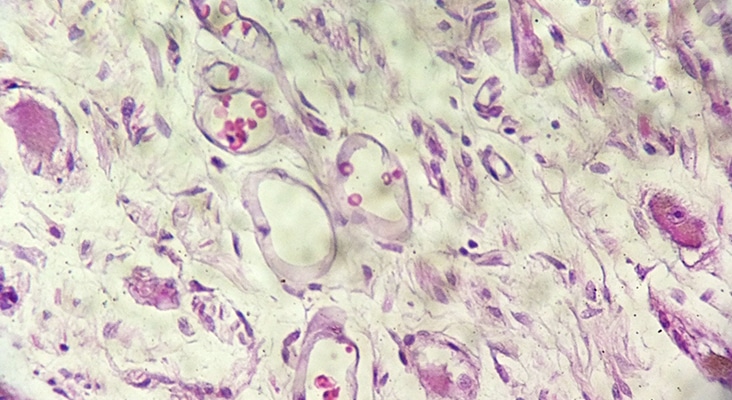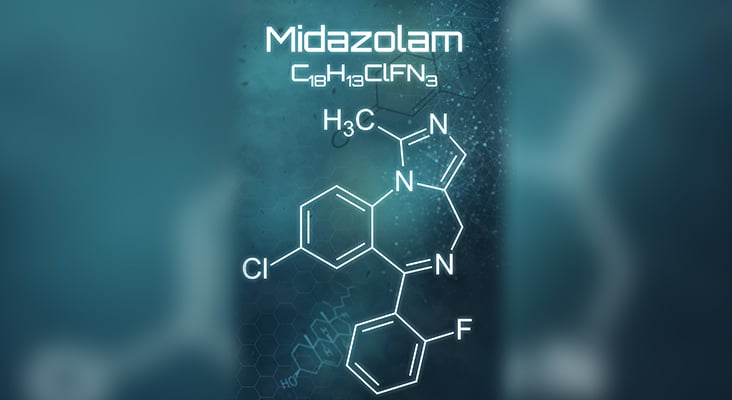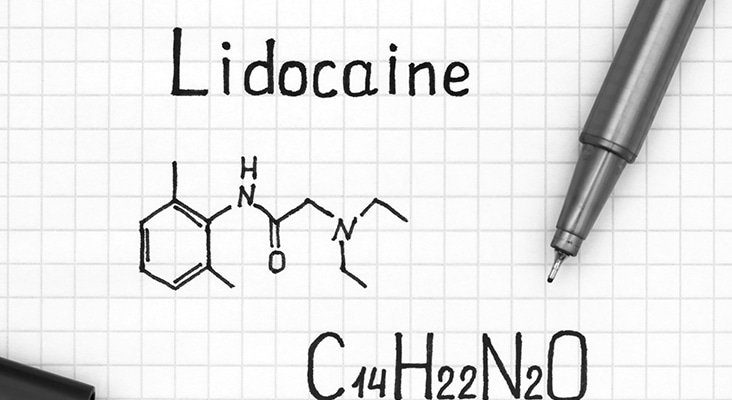Providing Pain Control With Transmucosal Delivery
Transmucosal delivery of oral medications offers a non-invasive and advantageous method to deliver drugs. Read this slideshow to learn more.

Transmucosal delivery offers several advantages over conventional oral drug delivery, such as avoiding harsh acids and enzymes encountered during digestion. The agent also circumvents the first-pass metabolism by the liver and pre-systemic elimination that occurs in the gastrointestinal tract. Additionally, transmucosal administration presents an alternative when enteral delivery is not available or impossible. It is also less invasive than traditional intravenous (IV) or intramuscular routes.
Photo Credit: 7activestudio / iStock / Getty Images Plus

Benefits of Transmucosal Delivery
Transmucosal delivery does not require technical equipment or the expertise that intravenous delivery requires. It is thus more cost effective. Another consideration with transmucosal delivery is that certain agents have an onset of action similar to IV drugs. One limitation of this method is the variability in absorption, as the oral mucosa is an effective barrier to certain drugs breaching into the environment. Consequently, only high-potency drugs are good candidates for this delivery method. Certain disease states, such as mucositis or blisters, may affect the integrity of the oral mucosa.
Photo Credit: Marwani22 / iStock / Getty Images Plus

Role of Oral Mucosa
Compared to the skin or gastrointestinal tract, the surface area of the oral mucosa is small, yet it is highly vascularized—and this allows agents direct access to systemic circulation via venous and capillary systems. The sublingual and buccal gingiva are the primary focus for transmucosal drug delivery because they are the most permeable. Intraoral mucosa possess different permeability based on cellular thickness and the quantity of keratinized epithelium.
Photo Credit: rosadu / iStock / Getty Images Plus

Patch Form
In dentistry, transmucosal drug delivery is mostly utilized in the patch form. In fact, adhesive patches have been developed to overcome the disadvantages of other forms of delivery. Advantages of the patch include rapid onset, sustained release, and a rapid decrease in the drug when the patch is released. The tissues in the oral cavity are immobile, and this makes it an ideal location for this delivery system. In the oral cavity, patches can be used to administer drugs systemically (by means of the veins and capillaries) or locally.
Photo Credit: Eike Leppert / iStock / Getty Images Plus

Lozenges and Chewing Gum
Lozenges are an example of solid-form delivery, and many drugs are available for this route of administration, including nitroglycerin, fentanyl, and prochlorperazine. Although taste can present a barrier to compliance, this is a simple form for patients to use. The lozenge dissolves and coats the oral cavity and top one-third of the esophagus. While the dissolving rate depends on how hard the patient sucks, on average, it takes 30 minutes for the lozenge to dissolve, and this short time frame limits how much drug can be delivered. Chewing gum is one of the more recent and convenient forms of transmucosal drug delivery. Gum offers an advantage over lozenges, as there is a potential for a more controlled release of the agent. As a result, there is a possibility of release over a longer time span.
Photo Credit: EnchantedFairy / iStock / Getty Images Plus

Drugs Utilized
Buccal and sublingual drug formulations have been created and are being used in some dental applications. Midazolam, a popular drug used for sedation, can be administered via an oral mucosal solution. Clinical studies have shown buccal midazolam is superior or equally effective in seizure relief as rectal diazepam. Triazolam, a benzodiazepine used in dentistry for sedation, has also been evaluated. This medication can be given sublingually or orally. Compared to oral administration, transmucosal sublingual administration has been shown to have an earlier and higher peak concentration.
Photo Credit: Zerbor / iStock / Getty Images Plus

Local or Systemic
Transmucosal drug delivery can either be local or systemic. An important drug in dentistry, lidocaine is an example of an agent that can be used locally, and a novel patch device is available for transmucosal delivery to provide mucosal and gingival anesthesia.

